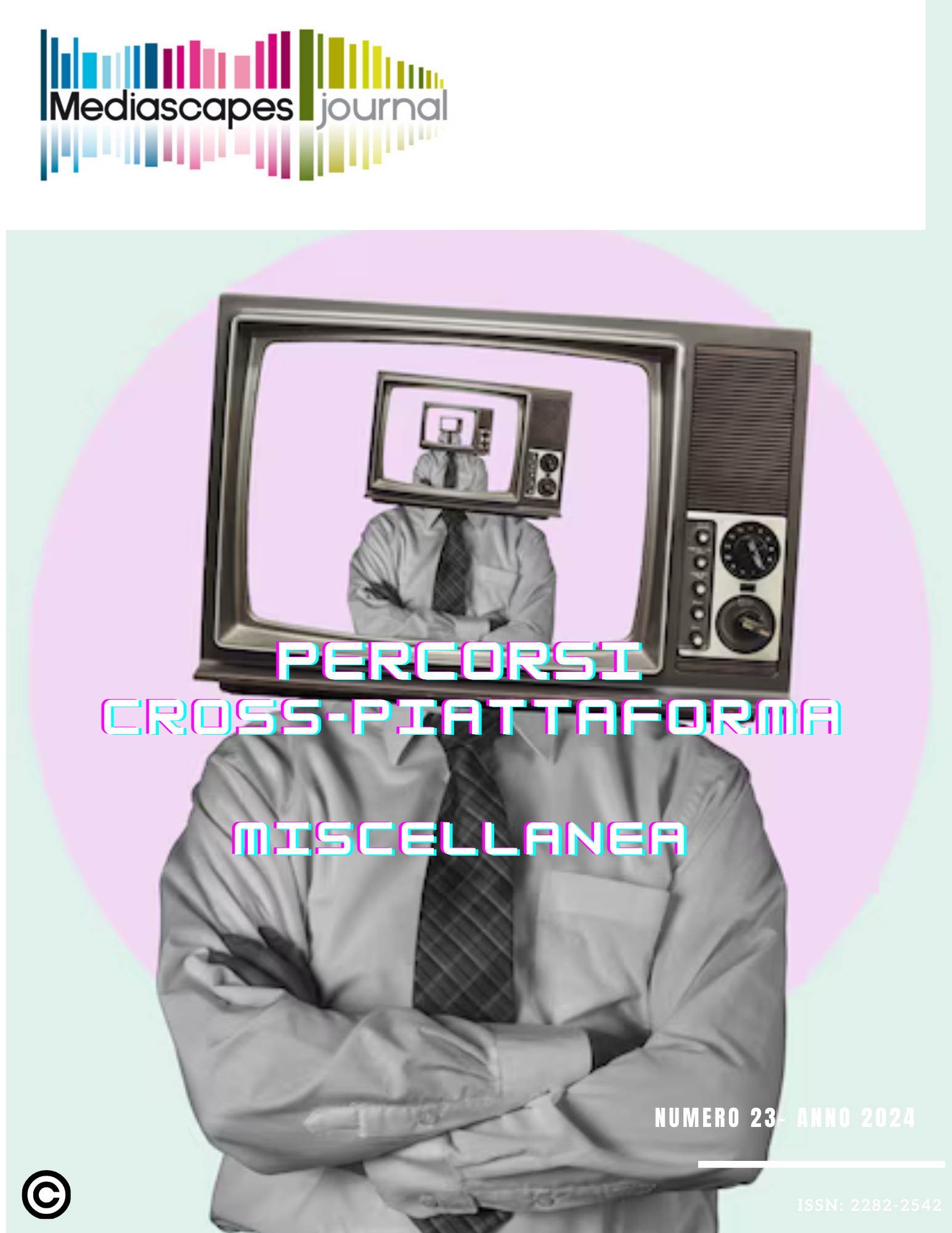Comunicazione istituzionale e prospettive di genere
Uno studio sul social posting delle Regioni italiane, fra regole e pratiche
Parole chiave:
Gender-sensitive communication, Public sector communication, social media, local institutions, verbal and visual languagesAbstract
Over the past few years, marked by issues and activism from feminists, women's movements, and the LGBTQ+ community, there has been increasing attention in the public discourse on gender-sensitive policies, advocating for a more ethical and responsible dimension of public sector communication. In Italy, the focus on gender issues in public sector communication strategies has been slow to emerge, often remaining barely visible. However, particularly during the pandemic, gender studies in public sector communication have intensified, partly due to pressure from engaged citizens. Significant emphasis has been placed on promoting non-discriminatory and gender-sensitive language in institutional recommendations and local guidelines, with various initiatives implemented by municipalities and regions aiming to enhance women's identity in public sector communication and counter stereotypical and discriminatory representations. The paper presents the findings of a pilot study addressing gender perspectives in public sector communication by examining the complex dynamics between rule adoption, the tendency to replicate established practices, and the development of a creative dimension in communication strategies. The research focuses on selected Italian regions and investigates their communication practices through official Facebook accounts, analyzing verbal, visual, and audio-visual languages. The study's findings confirm the delicate balance between the rules governing gender-sensitive approaches and their manifestation in communication practices, influenced by the creative variable and the empowerment of public communication professionals. Additionally, the research aims to test a methodology that can be replicated in other regions or local contexts, potentially facilitating comparative analyses.
##submission.downloads##
Pubblicato
Come citare
Fascicolo
Sezione
Licenza

TQuesto lavoro è fornito con la licenza Creative Commons Attribuzione 4.0 Internazionale.
Gli autori che pubblicano su questa rivista accettano le seguenti condizioni:
- Gli autori mantengono i diritti sulla loro opera e cedono alla rivista il diritto di prima pubblicazione dell'opera, contemporaneamente licenziata sotto una Licenza Creative Commons - Attribuzione che permette ad altri di condividere l'opera indicando la paternità intellettuale e la prima pubblicazione su questa rivista.
- Gli autori possono aderire ad altri accordi di licenza non esclusiva per la distribuzione della versione dell'opera pubblicata (es. depositarla in un archivio istituzionale o pubblicarla in una monografia), a patto di indicare che la prima pubblicazione è avvenuta su questa rivista.
- Gli autori possono diffondere la loro opera online (es. in repository istituzionali o nel loro sito web) prima e durante il processo di submission, poiché può portare a scambi produttivi e aumentare le citazioni dell'opera pubblicata (Vedi The Effect of Open Access).


